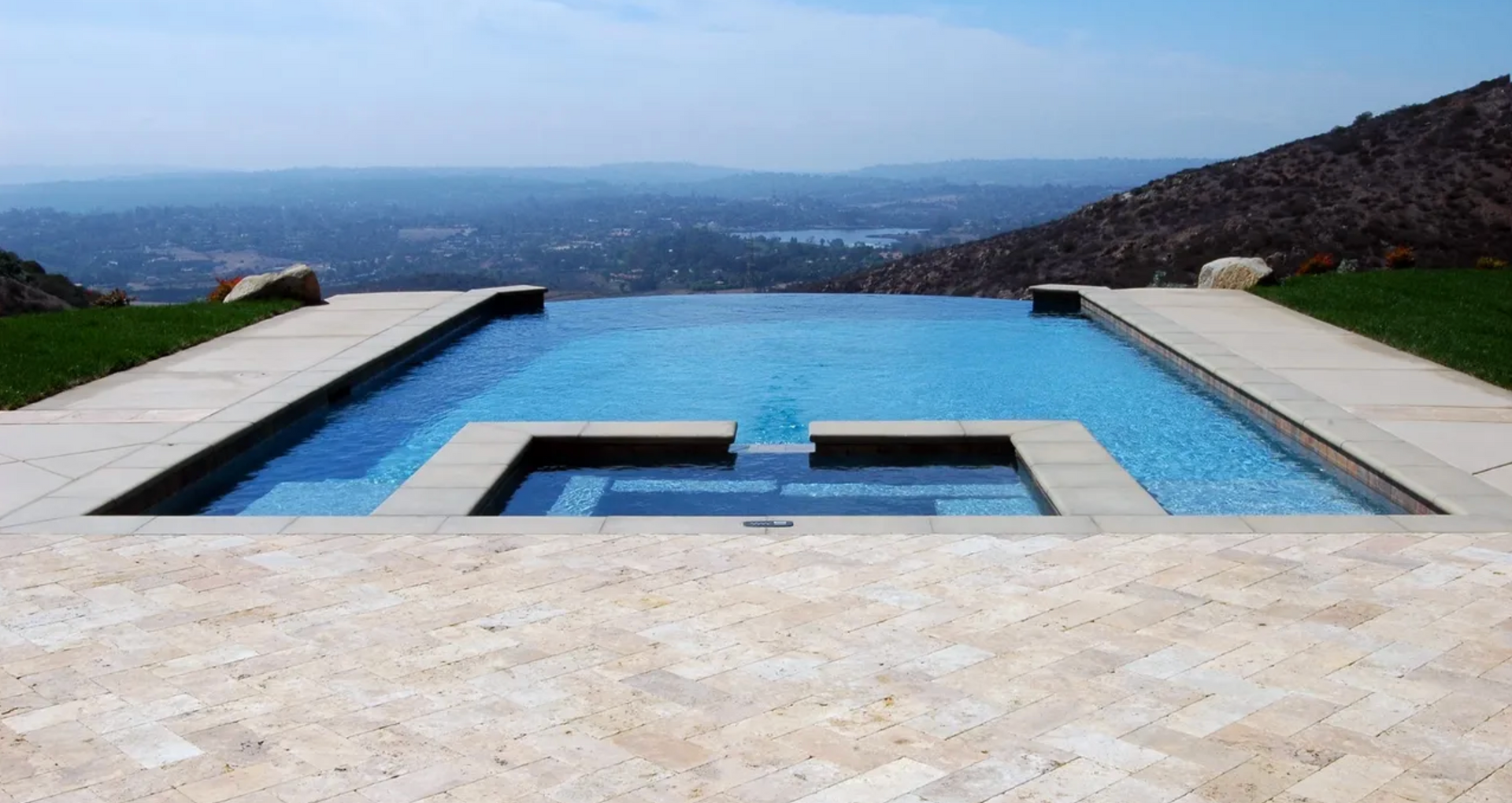The Ultimate Guide to Drought-Tolerant Landscaping: Beautiful, Sustainable, and Low-Maintenance!
In Southern California, where water conservation is a critical concern due to periodic droughts and a generally dry climate, drought-tolerant landscaping is not just a style choice—it's an essential strategy for sustainable gardening. This type of landscaping, often called xeriscaping, minimizes the need for water from irrigation. It offers a way to create visually striking outdoor spaces that are both low-maintenance and environmentally friendly. This ultimate guide will walk you through the steps to develop a drought-tolerant landscape that thrives in Southern California's unique climate.
Understanding Drought-Tolerant Landscaping
Drought-tolerant landscaping involves using plants that require minimal water and implementing design techniques that reduce water usage. The goal is to create a garden that conserves water, reduces maintenance, and looks beautiful throughout the year.
Benefits of Drought-Tolerant Landscaping
- Water Conservation: Significantly reduces water use in your garden, which is crucial in drought-prone areas.
- Lower Maintenance:
Requires less mowing, pruning, and irrigation.
- Reduced Costs: Cuts down on water bills and gardening expenses.
- Environmental Protection:
Supports local wildlife and reduces your carbon footprint by limiting the need for gas-powered garden tools and synthetic fertilizers.
Step-by-Step Guide to Creating a Drought-Tolerant Landscape
1. Plan Your Design
Start with a thoughtful design that considers your existing landscape, soil type, and how you want to use the space. Identify areas that receive more sun and those that are naturally cooler and shadier. This will help you select plants that are suited to specific conditions of your yard.
2. Improve the Soil
Drought-tolerant plants often thrive in well-draining soil. Amend your soil with organic matter to improve its texture and nutrient content, which will help establish robust root systems that make better use of available water.
3. Choose the Right Plants
Select native plants or those adapted to a Mediterranean climate, as they are naturally drought-tolerant and more resistant to local pests and diseases. Some popular choices include:
- Succulents (e.g., Sedum, Echeveria)
- California natives (e.g., California Poppy, Matilija Poppy)
- Grasses (e.g., Blue Fescue, Deer Grass)
- Shrubs
(e.g., Sage, Lavender)
4. Use Mulch
Apply a generous layer of mulch around your plants to help retain soil moisture, suppress weeds, and reduce ground temperature. Organic mulches like bark or coco coir not only conserve water but also break down over time to improve soil quality.
5. Efficient Irrigation
Invest in a drip irrigation system with a smart controller that adjusts watering based on weather conditions and soil moisture levels. Drip systems deliver water directly to the base of plants, minimizing waste and maximizing efficiency.
6. Incorporate Hardscaping
Use hardscaping elements such as rocks, pebbles, and sand to create interesting, water-wise garden paths and areas. These materials do not require any water and can add texture and color to the landscape.
7. Maintain Regularly
Even low-maintenance gardens need some upkeep. Regularly check your irrigation system for leaks and adjust timers seasonally. Prune dead or overgrown branches to help plants use water more efficiently.
Conclusion
Drought-tolerant landscaping is a practical, beautiful, and sustainable choice for Southern California homeowners. By choosing the right plants and employing water-wise gardening techniques, you can create a landscape that is not only easy to maintain but also environmentally friendly and cost-effective. Whether you are a gardening novice or a seasoned green thumb, these strategies will help you cultivate a garden that thrives in the local climate, enhances your outdoor living space, and conserves precious water resources


